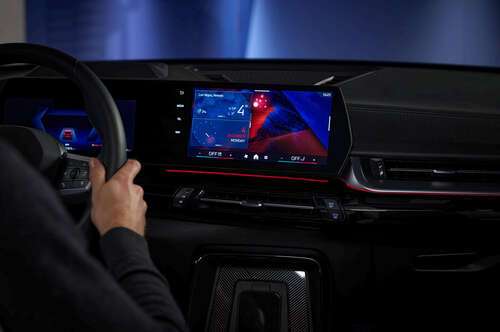
Can artificial intelligence replace the owner’s manual?
At the CES trade show in Las Vegas this week, BMW is demonstrating a future version of its in-car personal assistant that uses Amazon’s new Alexa large language model to answer questions about its cars.
The demo includes the ability to change drive modes using a voice interface, such as recommending and activating a more power-efficient mode in an electric vehicle depending on its distance from a charging station.
The companies previously announced that the next generation of BMW’s Intelligent Personal Assistant would be powered by Amazon’s Alexa Custom Assistant technology. As part of the announcement Monday, BMW said the Alexa technology will be introduced starting this year in vehicles with BMW Operating System 9.
Amazon announced in September that it was developing a new Alexa large language model for voice interactions, seeking to keep pace with OpenAI’s ChatGPT and others in the field of generative AI.
In a news release, BMW said it’s taking a cautious approach to in-car AI:
“The BMW Intelligent Personal Assistant has been using artificial intelligence for speech processing for a long time, and this demo is the latest proof of the continued innovation BMW and its partners are bringing to customers. Complex processing capabilities, which enable human-like interactions and dialogs, had not yet been integrated into the existing Intelligent Personal Assistant. Such capabilities are now made possible by LLMs (Large Language Models), which are AI models designed to process human language at a high level and generate responses accordingly. The BMW Group is also taking careful steps to build a safe and trusted experience for customers, and continues to test and iterate these LLM capabilities over time with its partners.”
It’s part of a wave of AI announcements expected from the annual consumer electronics trade show this week. Amazon is looking to gain ground in AI applications against companies including Google and Microsoft, both of which also have long worked with automakers to integrate their technologies into vehicles.

